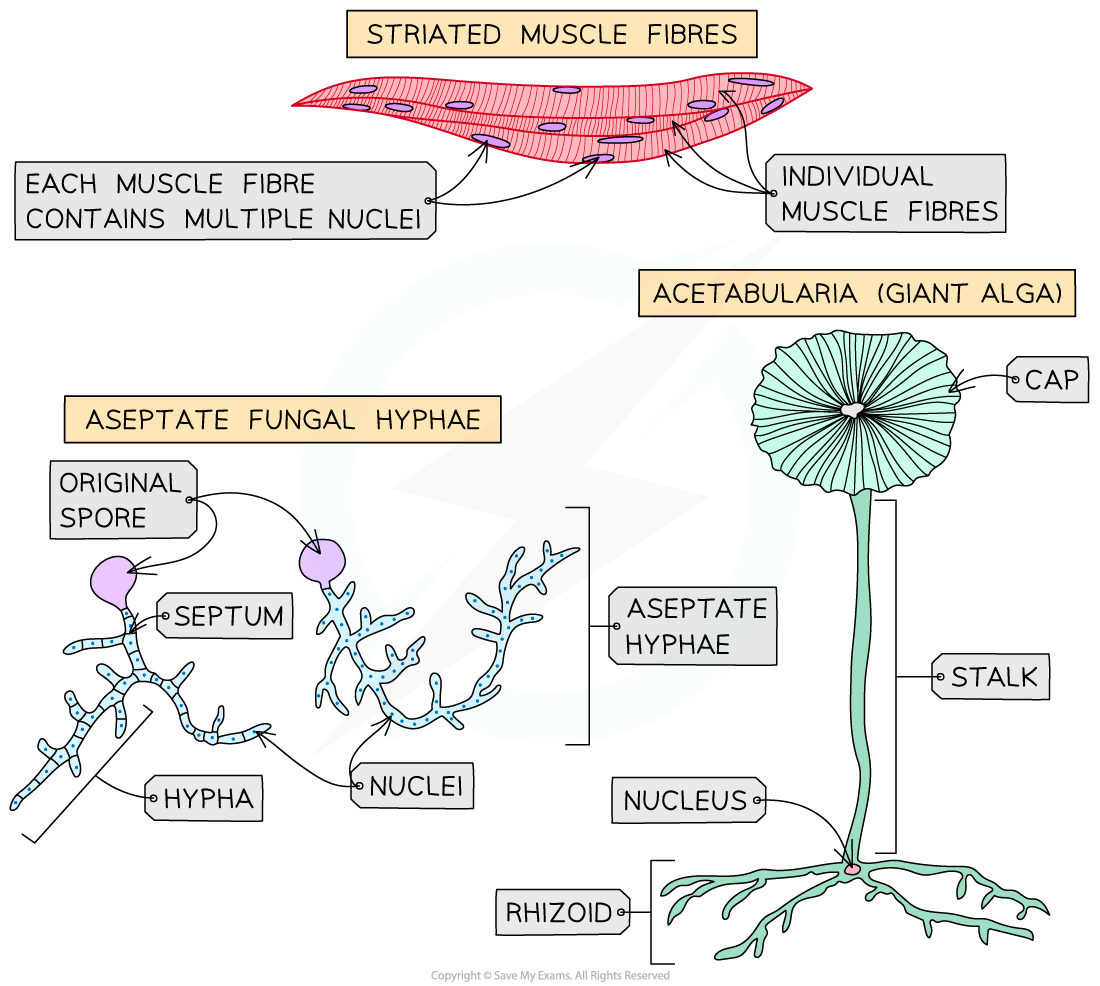Cell Theory
- Until microscopes became powerful enough to view individual cells, no-one knew for certain what living organisms were made from
- A scientist called Robert Hooke came up with the term "cells" in the 1660's after examining the structure of cork
- Matthias Schleiden and Theodor Schwann were two scientists who studied animal and plant cells
- In 1837, they came up with the idea that all living organisms are made of cells
- This idea is known as ‘cell theory’
- The cell theory is a unifying concept in biology (meaning it is universally accepted)
- The cell theory includes three main ideas:
- All living organisms are made up of one or more cells
- Cells are the basic functional unit (i.e. the basic unit of structure and organisation) in living organisms
- New cells are produced from pre-existing cells
- Although cells vary in size and shape they all:
- Are surrounded by a membrane
- Contain genetic material
- Have chemical reactions occurring within the cell that are catalysed by enzymes
Cell Theory: Atypical Examples
NOS: Looking for trends and discrepancies; although most organisms conform to cell theory, there are exceptions
- Scientists studying cells (e.g. Robert Hooke, Schwann & Schleiden and Pasteur) discovered trends when making observations of organisms
- The organisms they examined, using microscopes, all appeared to be made of smaller compartments (which we now refer to as cells). They discovered that even the smallest organisms, such as Amoeba, were made from at least one cell
- However, advancements in technology (particularly around what can be detailed and seen under a microscope) have enabled scientists to examine many more organisms and discrepancies have been discovered which raise questions about whether cell theory applies to all organisms
Atypical examples
- Striated muscle fibres, aseptate fungal hyphae and giant alga are three examples of cells/tissue with structures that question the integrity of the cell theory
Striated muscle fibres
- Striated muscle fibres (fused muscle cells) are:
- Longer than typical cells (up to 300 mm in length in comparison to a cardiac muscle cell which has a length of 100 - 150 µm)
- Have multiple nuclei surrounded by a single membrane (sarcolemma)
- These features question the cell theory because striated muscle cells are formed from multiple cells which have fused together (which is how they have many nuclei rather than one) that work together as a single unit, challenging the concept that cells work independently of each other even in a multicellular organism
Aseptate fungal hyphae
- Fungi have many long, narrow branches called hyphae
- Hyphae have cell membranes, cell walls and some have septa
- Aseptate fungal hyphae do not have septa, thus these cells are multinucleated with continuous cytoplasm
- This questions the cell theory because the cells have no end walls making them appear as one cell
Giant Alga (e.g. Acetabularia)
- Acetabularia can grow to heights of 100 mm, and yet consist of only one cell with a single nucleus
- Acetabularia have a relatively complex structure. They are divided into three parts: rhizoid, stalk and cap
- The features above question the cell theory because the trend for most unicellular organisms is to be small in size and simple in structure

Three atypical examples of the cell theory
Exam Tip
Don’t worry about learning the name of the scientists described above or when the cell theory was first described. You just need to know the three main components of the cell theory and why (by looking at trends and discrepancies) scientists have made exceptions to the theory.